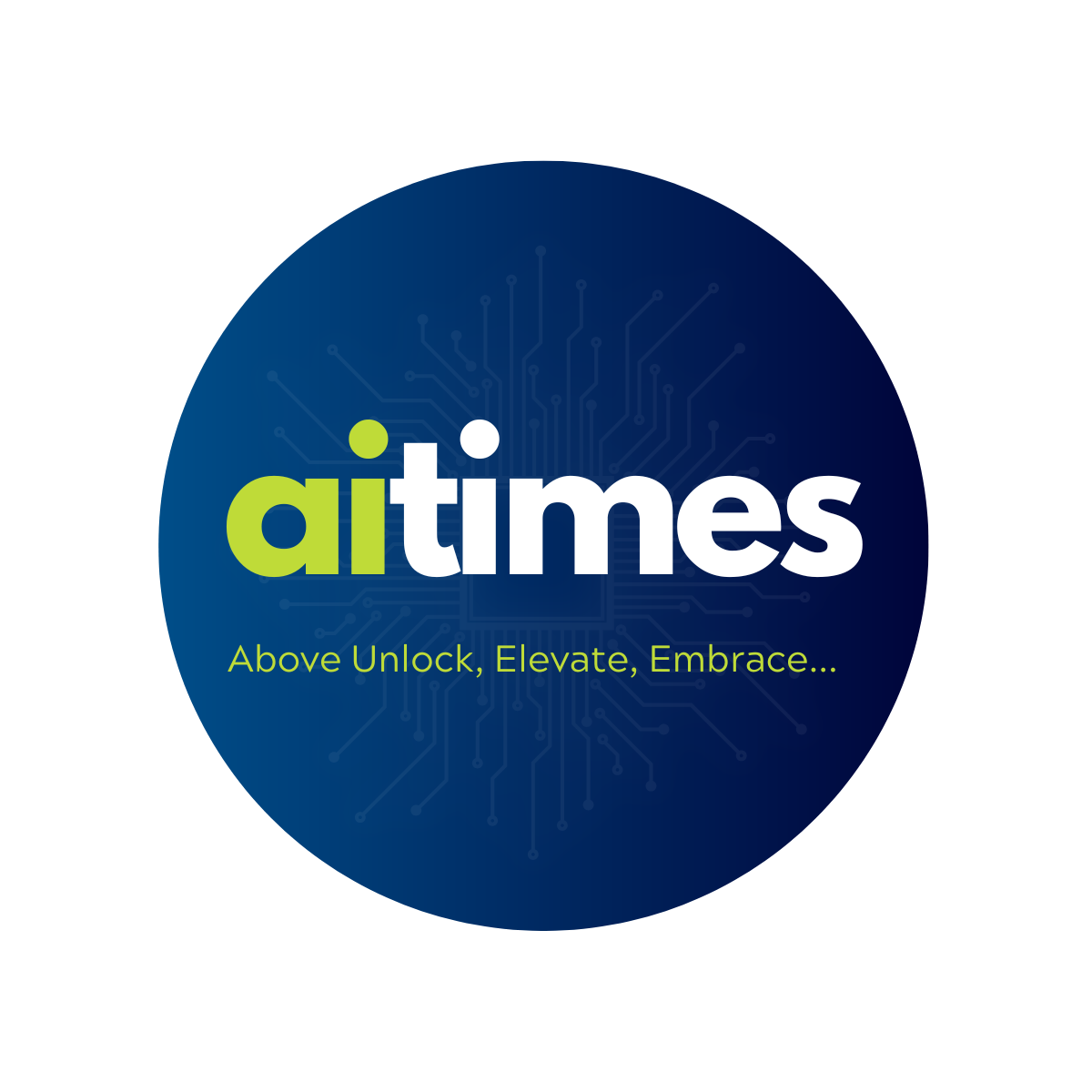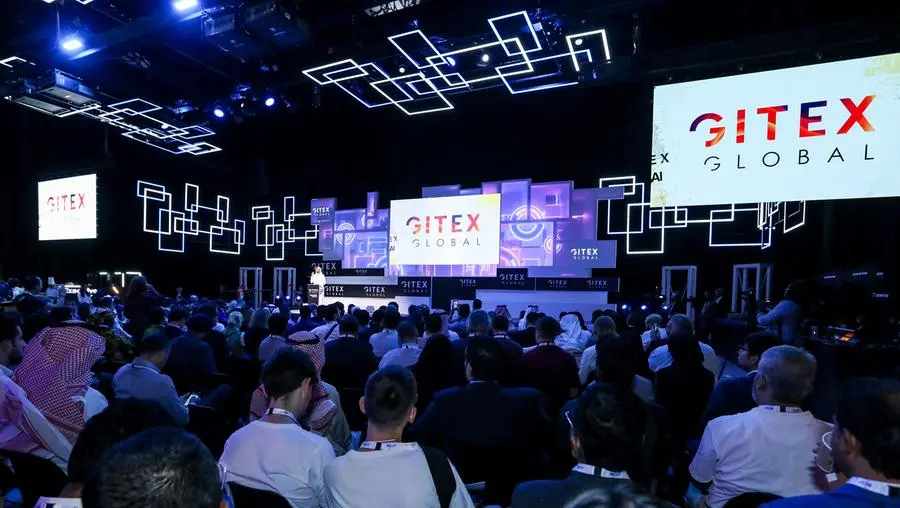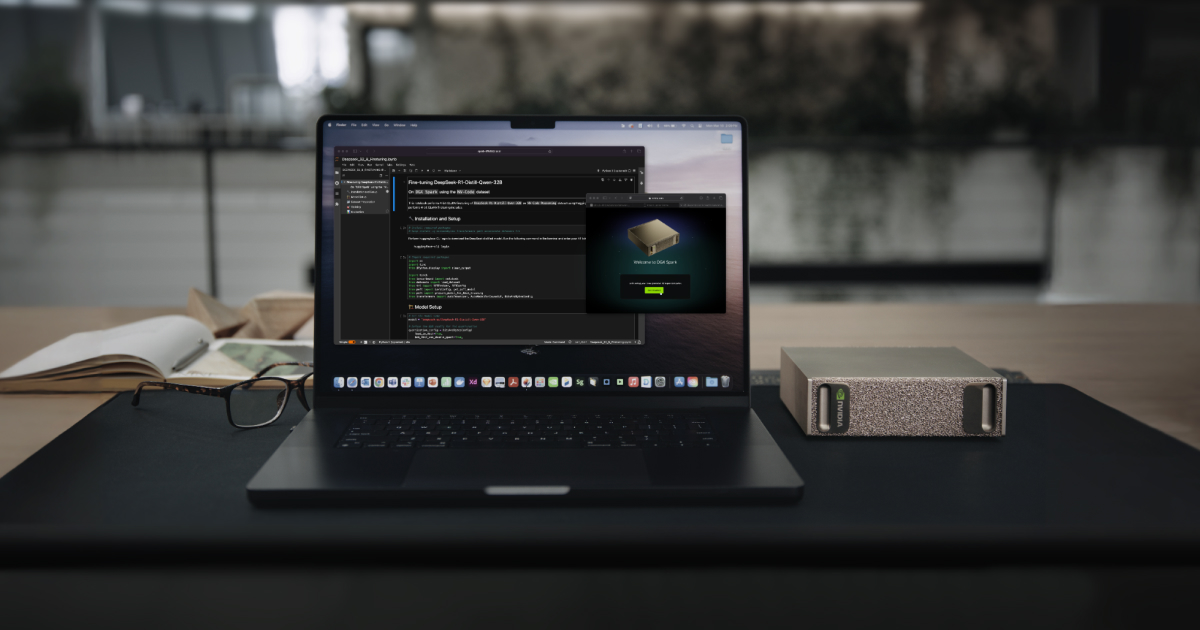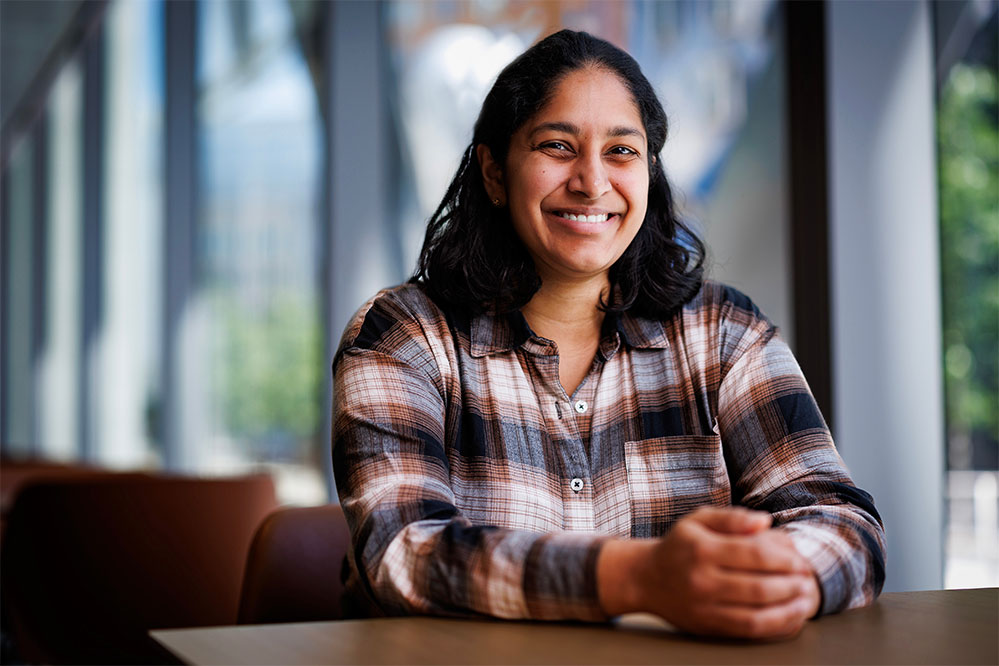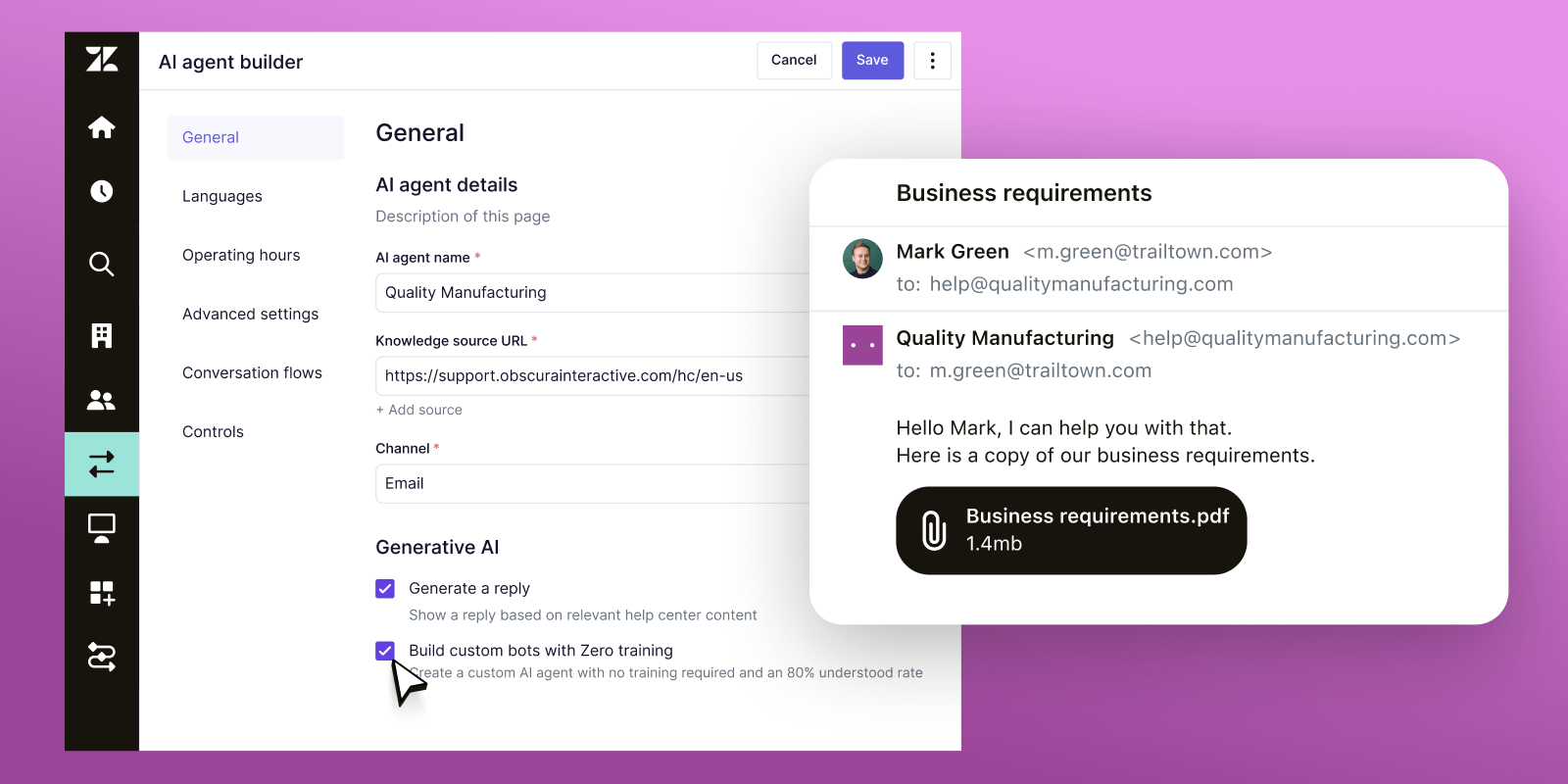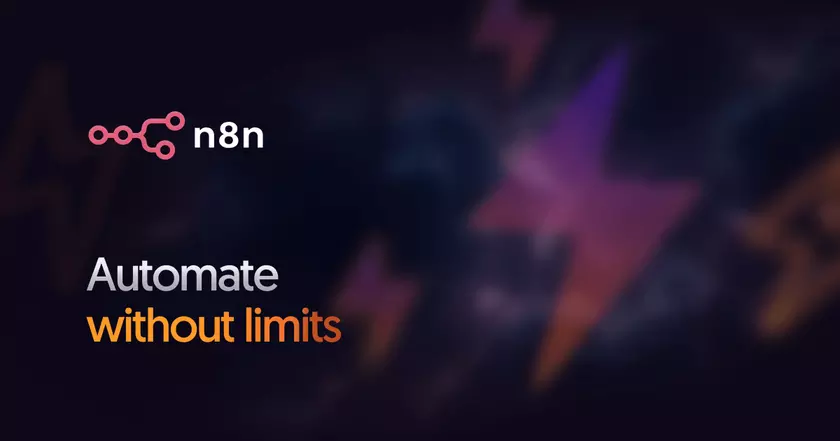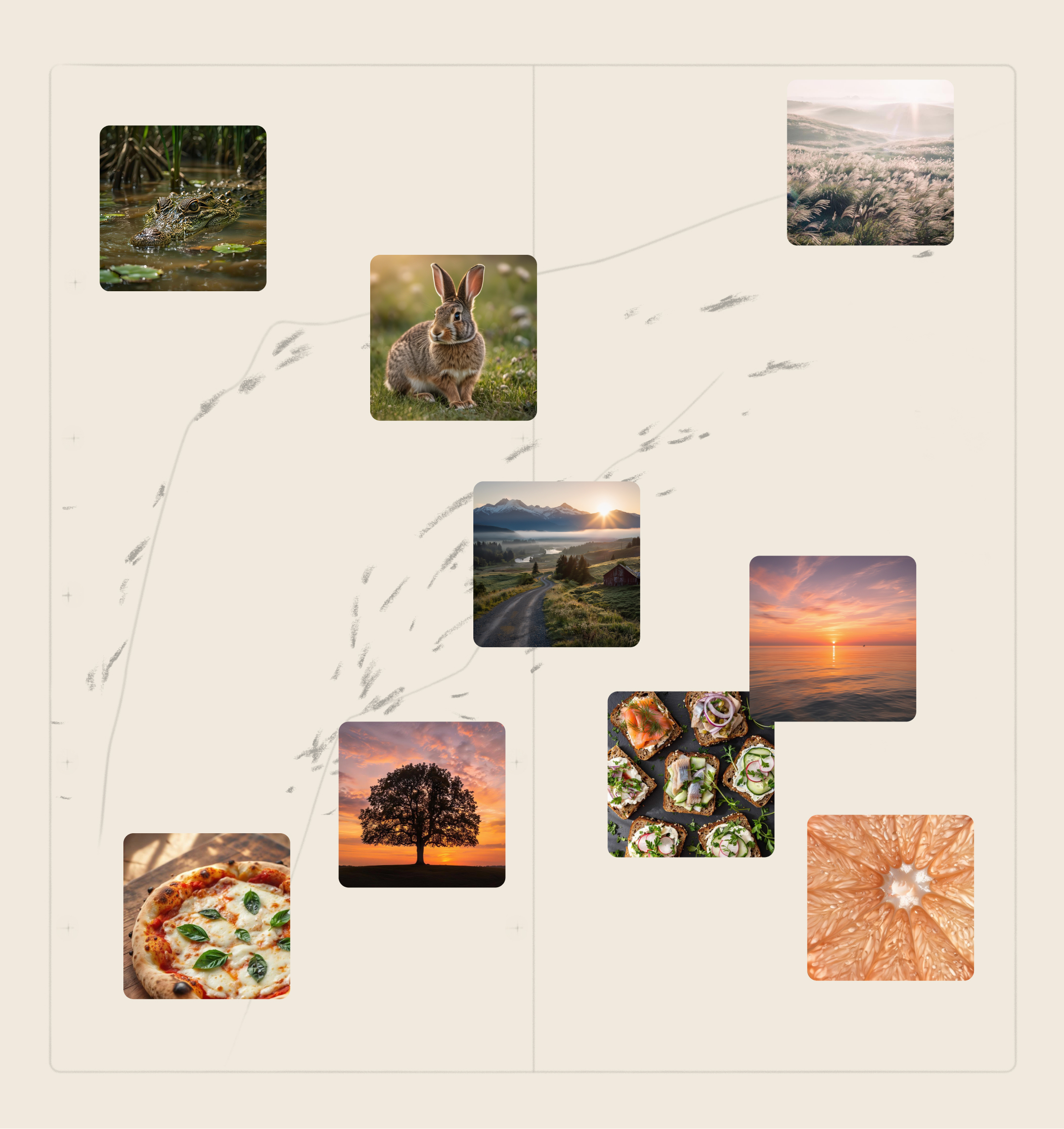
Microsoft has officially launched its new AI image generator, MAI-Image-1, marking its bold entry into the fast-evolving world of generative AI. The tool, which integrates directly with Microsoft’s AI ecosystem, promises faster image creation, improved visual accuracy, and responsible content generation, all designed to compete with the likes of OpenAI’s DALL·E 3 and Google’s Imagen.
The newly unveiled Microsoft MAI-Image-1 is built to turn text prompts into highly detailed and realistic images using advanced neural architectures. Microsoft says the system has been trained on large-scale curated datasets to generate images that balance creativity with contextual understanding. The company claims MAI-Image-1 can produce visuals with better lighting, perspective, and object consistency compared to existing models.
One of the standout features of MAI-Image-1 is its integration with Microsoft’s design and productivity tools. Users of platforms like PowerPoint, Word, and the Microsoft Designer app can now create professional-quality visuals simply by describing what they want. The model is also embedded in Azure’s AI Studio, allowing developers and artists to fine-tune outputs for specific brand or creative needs.
Responsible AI at the Core
Microsoft emphasized that MAI-Image-1 has been developed with strong ethical and safety frameworks. The company has implemented built-in content filters and watermarking systems to prevent misuse and ensure transparency. This aligns with Microsoft’s ongoing commitment to responsible AI, an area it has been actively promoting through partnerships with organizations focused on AI safety and digital ethics.
The company also revealed that MAI-Image-1 can analyze user prompts for potential bias or harmful content before generating outputs. This proactive safeguard ensures that AI-generated visuals align with community and policy standards while encouraging creativity within safe boundaries.
A New Era for AI-Powered Art
Experts believe that MAI-Image-1 will not only compete in the AI art generation space but also reshape how professionals approach visual storytelling. Its seamless compatibility with Microsoft’s ecosystem means that creative teams, educators, and content creators can integrate AI imagery into their workflows without leaving familiar applications.
The release also strengthens Microsoft’s position in the broader generative AI market, where it already collaborates closely with OpenAI. By adding its proprietary model, Microsoft is diversifying its AI portfolio, offering users more control over design, branding, and customization.
With MAI-Image-1, Microsoft isn’t just catching up, it’s redefining how AI and human creativity work together. This new model blurs the line between imagination and innovation, offering a glimpse into a future where artificial intelligence becomes a trusted creative partner.
Stay tuned to AI Times for the latest AI news, reviews, and in-depth analyses of the newest breakthroughs in artificial intelligence and generative AI technologies.
